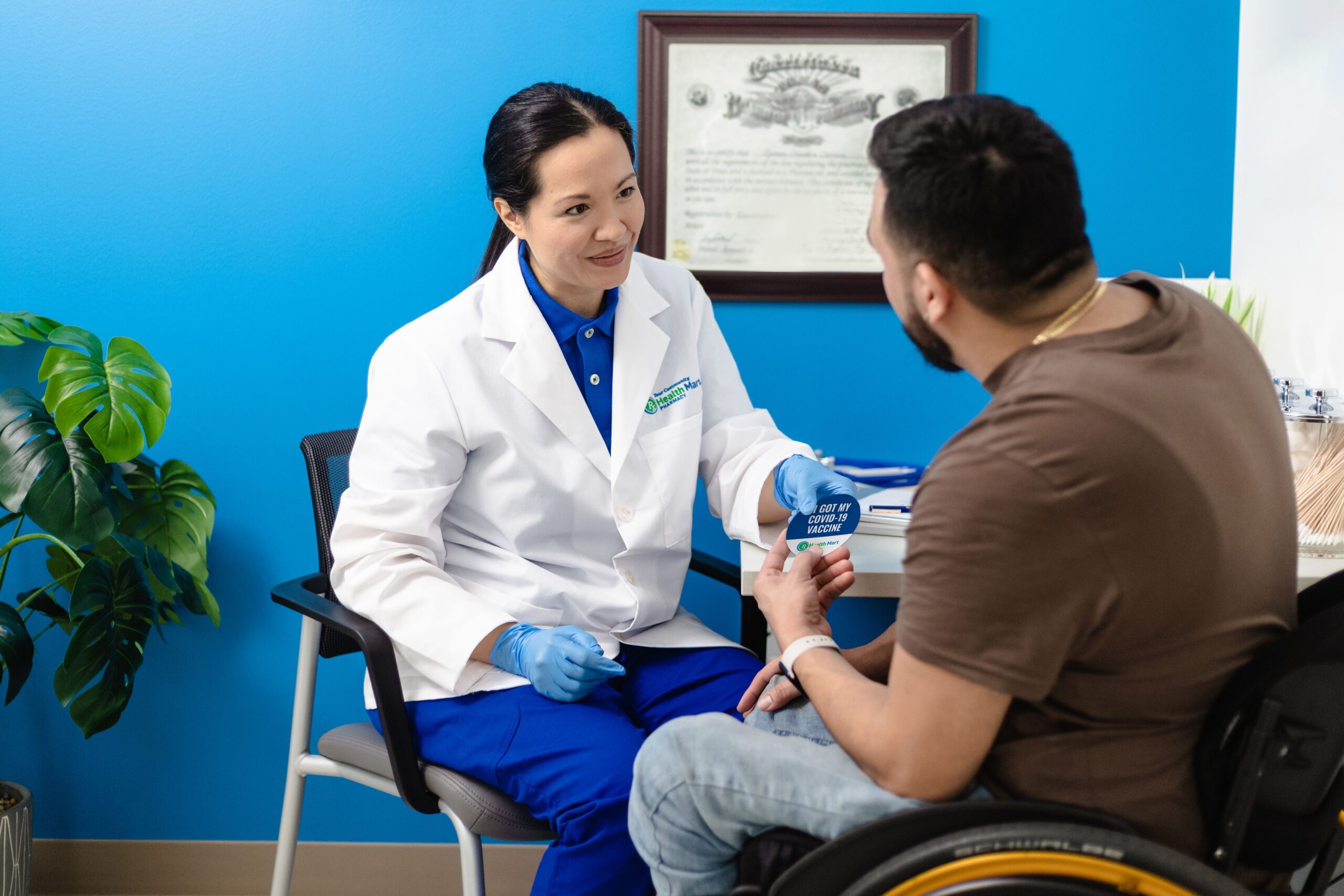- Environment Cleaning and Disinfection
Reduce the survival of viruses and bacteria
A critical component of infection prevention in healthcare facilities


Cleaning vs. disinfecting: What’s the difference?1, 2
Choosing the appropriate surface disinfectant is dependent on surface type, how often the surface is touched, the type of contaminants and the level of disinfection required. The selected product must be used per the manufacturer’s instructions for use (IFU) normally located on the container label. It’s important to remember that disinfection is not the same as cleaning or sanitizing.
- Cleaning: Removal of visible soil and other organic matter from objects and surfaces by scrubbing with a surfactant or detergent and water
- Disinfection: Process that eliminates many or all pathogenic microorganisms, except bacterial spores, on inanimate objects by liquid chemicals or wet pasteurization
- Sterilization: Process that kills all forms of microbial life, including bacterial spores by physical or chemical means
- Contact time: Also called dwell or kill time; is the length of time a surface needs to remain wet with a disinfectant to achieve the claimed disinfection activity
CDC Recommendations
For cleaning, decontamination and sterilization in healthcare facilities, the CDC recommends cleaning environmental surfaces that are high-touch at least once daily, while high traffic areas may need increased frequency. Remember when using any cleaning, sanitizing or disinfection chemicals to also wear any PPE recommended by the product’s manufacturer and to perform hand hygiene when done.3 Environmental surfaces and equipment create an opportunity for viruses and bacteria to survive. Germs can live on surfaces for several hours, days or even months. Examples of pathogens that remain on surfaces include:
Clostridium difficile (C. diff)
Methicillin-resistant Staphylococcus aureus (MRSA)
Norovirus
Hepatitis B
Frequency, Method and Process for Cleaning
Determining the procedures for cleaning environmental surfaces in individual patient care areas, including frequency, method and process, should be based on the risk of pathogen transmission.
- Probability of contamination: Heavily contaminated surfaces and items require more frequent and thorough environmental cleaning than moderately contaminated surfaces, which in turn require more frequent and rigorous environmental cleaning.
- Vulnerability of the patients to infection: Surfaces and items in care areas containing vulnerable patients (e.g., immunosuppressed) require more frequent and rigorous environmental cleaning
- Potential for exposure (high-touch vs. low-touch surfaces): High-touch surfaces (e.g., bed rails) require more frequent and rigorous environmental cleaning than low-touch surfaces (e.g., walls)
- Identify high-touch surfaces: Identifying high-touch surfaces and items in each patient care area is the first step in developing cleaning procedures.
- Cleaning and disinfecting during COVID-19: You may want to clean more frequently or choose to disinfect (in addition to cleaning) in shared spaces if the space is a high-traffic area or if certain conditions apply that can increase the risk of COVID-19 infection:
- High transmission of COVID-19 in your community
- Low vaccination rates in your community
- Infrequent use of other prevention measures, such as mask-wearing (among unvaccinated people) and hand hygiene
- The space is occupied by people at increased risk for severe illness from COVID-19
Reference “List N“, a tool from the Environmental Protection Agency (EPA), to understand which products meet the EPA’s criteria for use against COVID-19.
Featured Products
Surface disinfectant wipes

Our clinical resource team is here to help
Whether you have questions about infection prevention best practices or you need product recommendations, reach out to our dedicated clinical team for support.
1. https://www.cdc.gov/infectioncontrol/pdf/strive/EC101-508.pdf
2. https://www.cdc.gov/infectioncontrol/pdf/outpatient/guide.pdf
3. https://www.cdc.gov/hai/prevent/resource-limited/cleaning-procedures.html
Be advised that information contained herein is intended to serve as a useful reference for informational purposes only and is not complete clinical information. This information is intended for use only by competent healthcare professionals exercising judgment in providing care. McKesson cannot be held responsible for the continued currency of or for any errors or omissions in the information.
The product information contained in this document, including the product images and additional product materials, was collected from various supplier sources. All product claims and specifications are those of the product suppliers and have not been independently verified by McKesson Medical-Surgical or its affiliates (“McKesson”). McKesson is not responsible for errors or omissions in the product information. The properties of a product may change or be inaccurate following the posting or printing of the product information in the document, either in the print or online version. Caution should be exercised when using or purchasing any products from McKesson’s online or print documents by closely examining the product packaging and the labeling prior to use. Due to product changes, information listed in this document is subject to change without notice. This information is placed solely for your convenience in ordering and McKesson disclaims all responsibility for its completeness and accuracy, whether or not the inaccuracy or incompleteness is due to fault or error by McKesson.
©2024 McKesson Medical-Surgical Inc. All trademarks and registered trademarks are the property of their respective owners.











